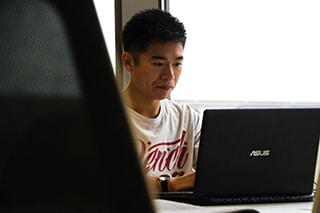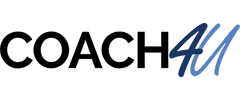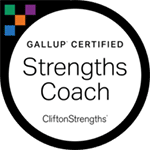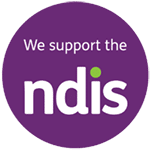 In times of stress, change or crisis, people fall back on what’s comfortable to them. The COVID-19 crisis has taken away dinners out with family, going to kids’ sporting events, and in-person office conversations with coworkers — the places, spaces, and people that are familiar.
In times of stress, change or crisis, people fall back on what’s comfortable to them. The COVID-19 crisis has taken away dinners out with family, going to kids’ sporting events, and in-person office conversations with coworkers — the places, spaces, and people that are familiar.
But our natural way of thinking, i.e., our strengths, are still with us, even when we work remotely. Remember that our strengths are those tendencies that come naturally to us, where we find work to be easier, more enjoyable and more rewarding.
Each of your employees will react differently in times of disruption and their strengths will influence those reactions. Individualizing is key and understanding an employee’s strengths can be an excellent way to do just that. Consider this: 67% of employees who strongly agree that their manager focuses on their are engaged — that percentage plummets to 2% when employees strongly disagree.
Given the business impact of an engaged vs. disengaged workforce, it stands to reason how important engagement is during difficult times.
Here are a few examples of how the CliftonStrengths assessment can help you navigate in times of disruption, specifically workplace disruption:
1. Woo: A Need for Connection
Take for example your high Woo team member. Woo, or winning others over, drives a need for connection. High Woo individuals draw energy from those connections and can lose energy when connections are lacking. If you lead with the Woo CliftonStrengths theme or if someone on your team does, be mindful that working remotely can remove an important energy source — interactions with other people. Turning their camera on during virtual meetings may be especially important for this person. It will be key that they have multiple face-to-face, albeit virtual meetings throughout the week. The Woo strength not only needs connection but can also bring it. This may be the team member who would be energized to “host” your next team call and make it more engaging for all.
Each of your employees will react differently in times of disruption and their strengths will influence those reactions. Individualizing is key and understanding an employee’s strengths can be an excellent way to do just that.
2. Discipline vs. Adaptability
Be mindful that someone with high Discipline may deal with crisis and change very differently from someone high in Adaptability. When disruption occurs the high Discipline person will need routines and structure to help them feel grounded. They can also potentially bring some of that structure and routine to others who are struggling to make sense of the chaos.
In contrast, the person with Adaptability high may find this change interesting, so it may not throw them off as much as others. In fact, they may bring a sense that now is the time to approach old practices in new ways. These two themes filter and perceive disruption very differently.
3. Re-Aiming Your Achievers Toward Success
Consider those who lead with the Achiever CliftonStrengths theme — those who start every day at zero and always want to feel they are being productive. Expectations are essential for a person with high Achiever. During this time of adjusting to a “new normal,” they need to know what success looks like. They also bring a desire to feel accomplished, which can be a healthy drive for productivity amid disruption.
Perhaps they are a client-facing individual who can’t contact clients right now. Work with them to re-calibrate what success looks like — maybe they document their client expertise in a series of best practice documents to share with coworkers. Remember, you are helping them aim their Achiever strength differently. Make sure they don’t feel like their goal is a moving target.
You may see similar needs from your employees with high Focus, Responsibility, or Competition. How do you help aim Focus when that person is working from home and subject to frequent distractions? How can someone’s high Responsibility be aimed to help them succeed as roles and assignments shift to adapt to the disruption? How do you aim an associate’s Competition when they are working in solitude and their metrics to measure success have shifted?
What Do Employees Need, and What Can they Bring?
Have employees consider their strengths and how they relate to navigating disruption. Encourage them to ask themselves these two key questions.
- Based on my strengths, what do I need most during this time?
- Based on my strengths, what do I bring to help navigate through this time?
These are powerful questions to ask and discuss with each of your team members. Share your own responses with them as well and consider team members’ strengths to determine how people can partner more effectively during this season.
If your star performer leads with Communication, pondering these questions might help them recognize a need to shift to face-to-face virtual contact over relying on emails to communicate, as attention spans are short and distractions high right now. Their focus on making sure the message is conveyed accurately is what they bring to help (others/themselves/the team) move forward in unison.
Every theme has a different “need” and something different it “brings.” When we understand our strengths, we can make sense of our reactions to the changing world around us and better position one another. Playing to our strengths, the team can grow stronger — even in the face of disruption.
Jillian Anderson is a Subject Matter Expert at Gallup.
Brian J. Brim, Ed.D., is a Senior Practice Consultant at Gallup.
Ryan Pendell contributed to this article.
Courtesy of www.gallup.com


